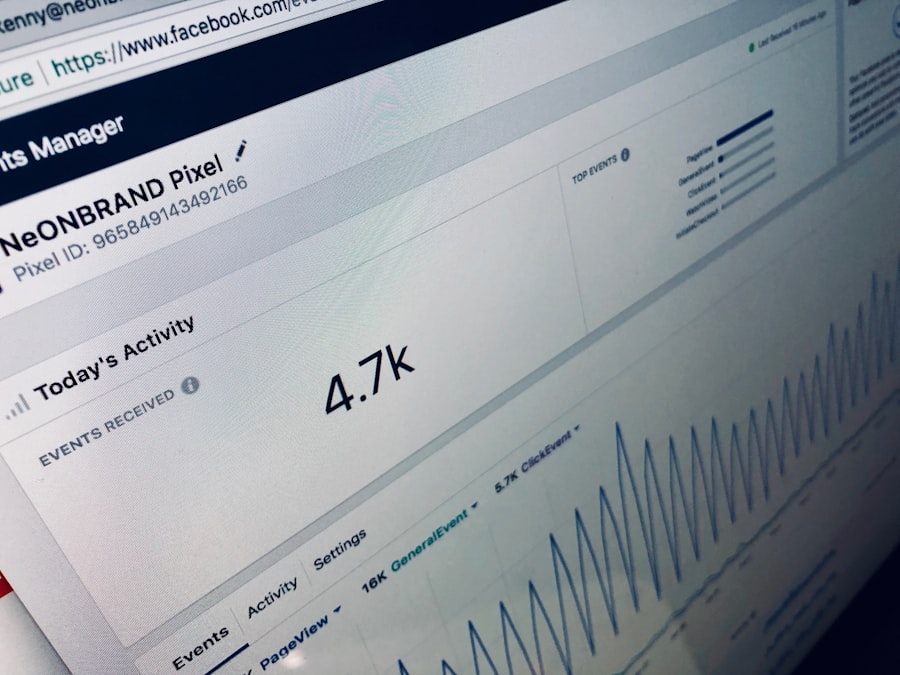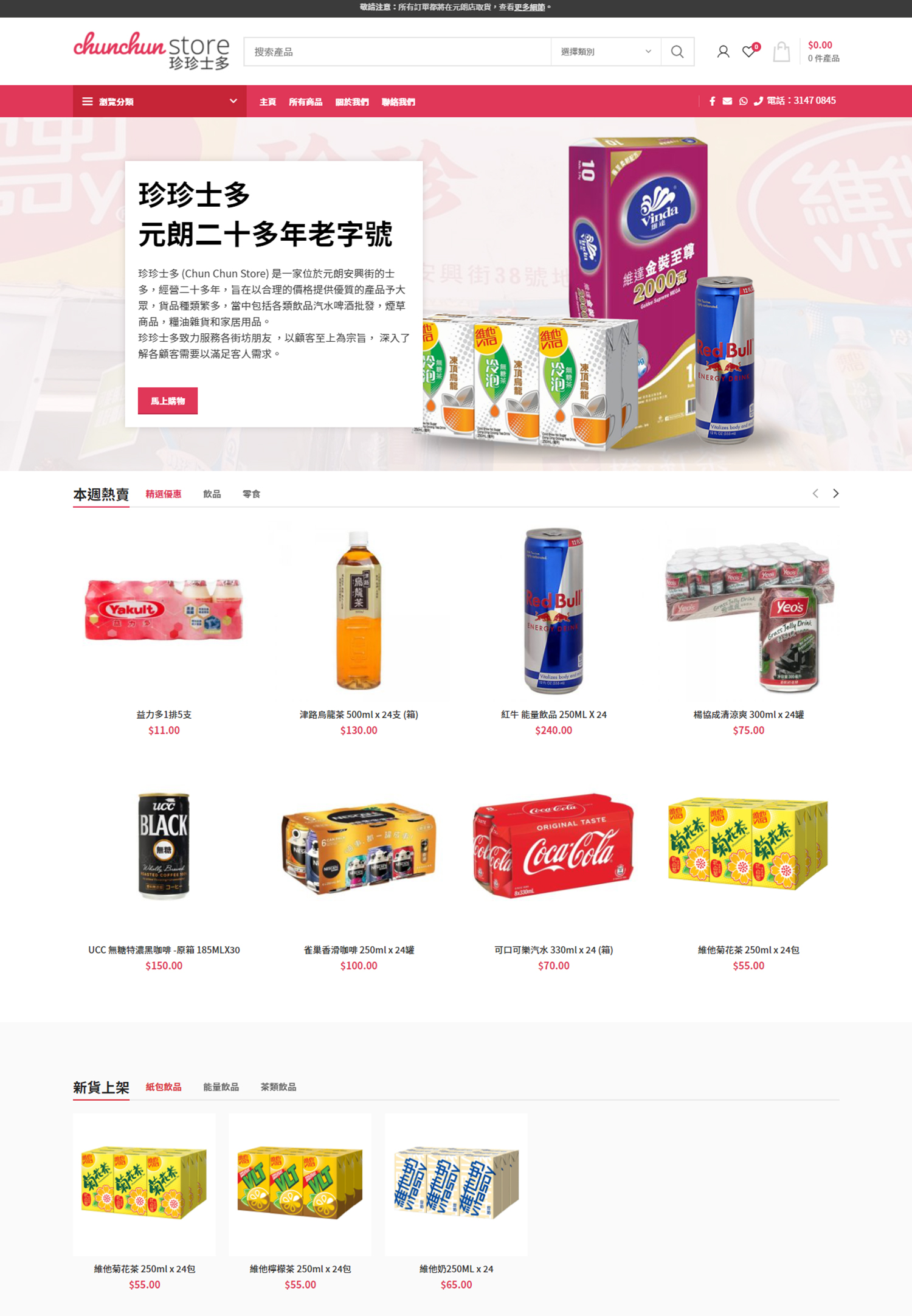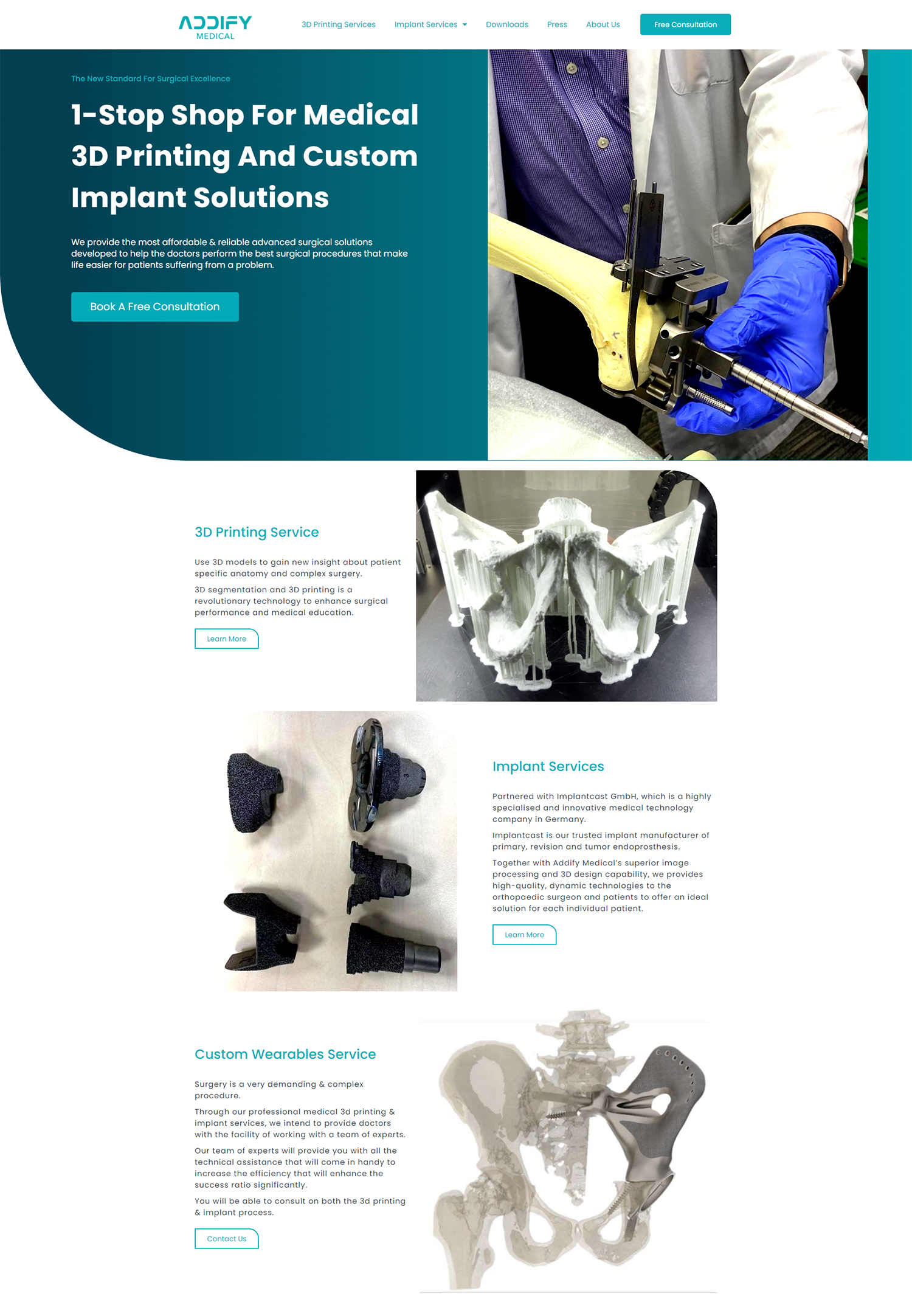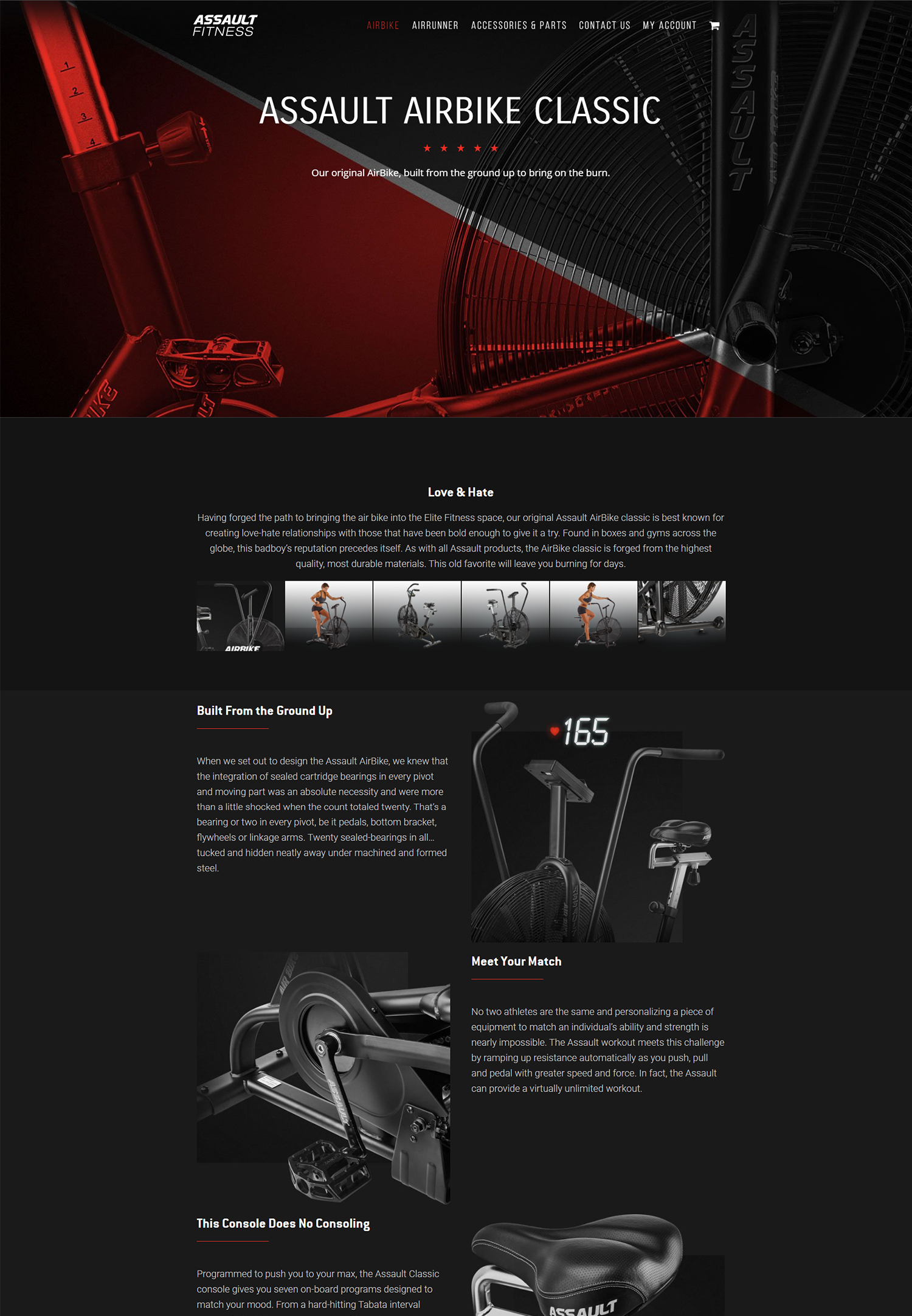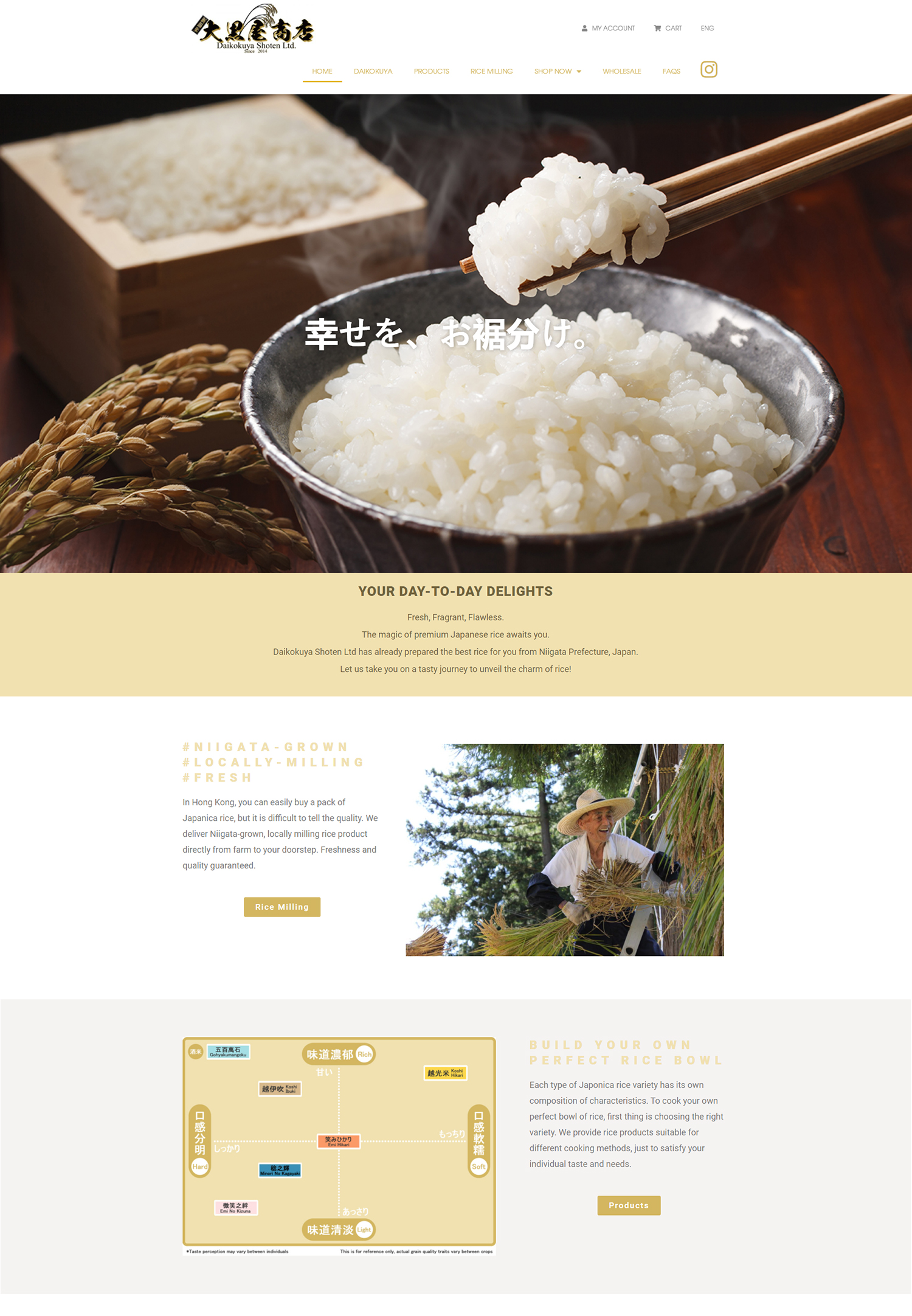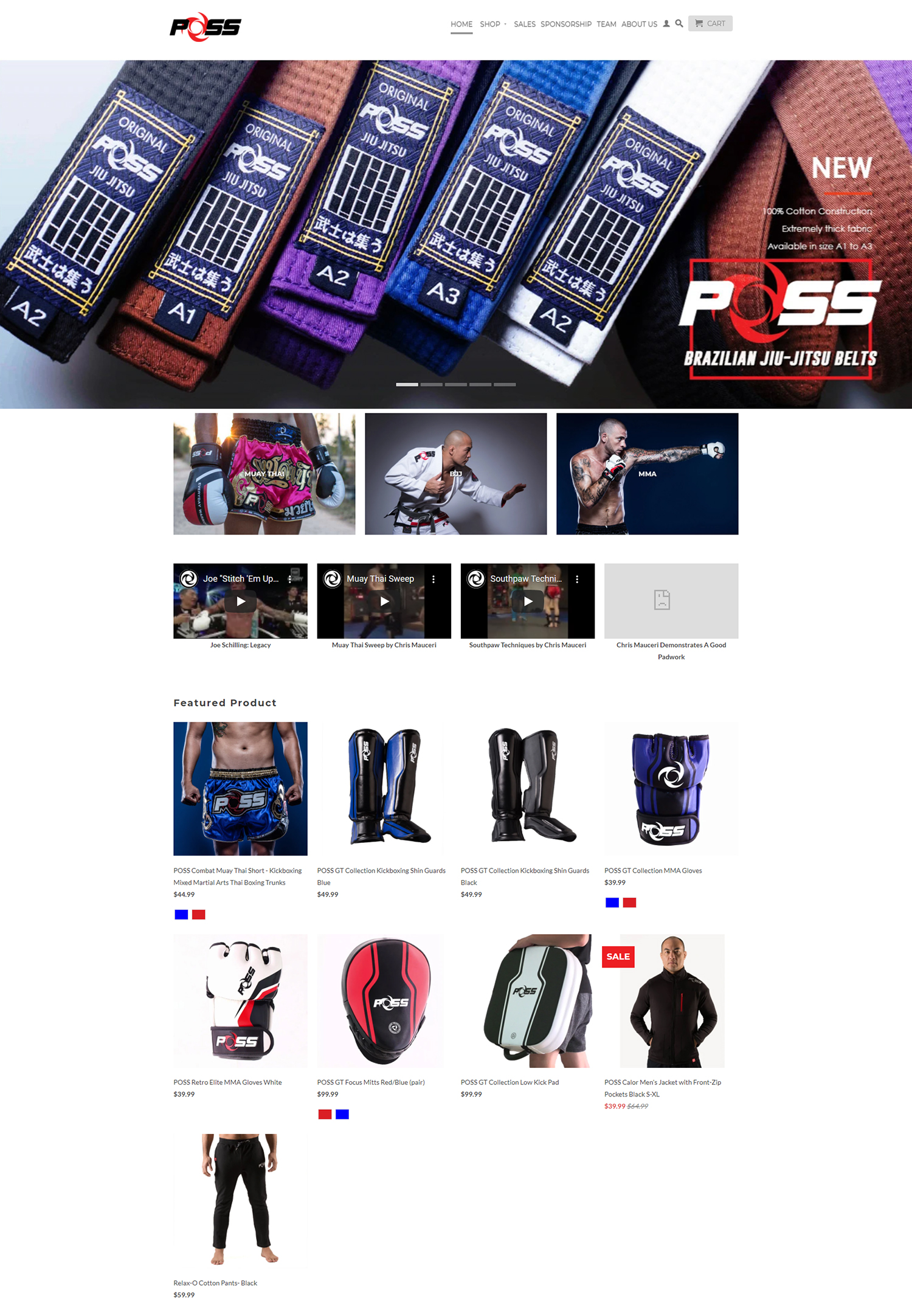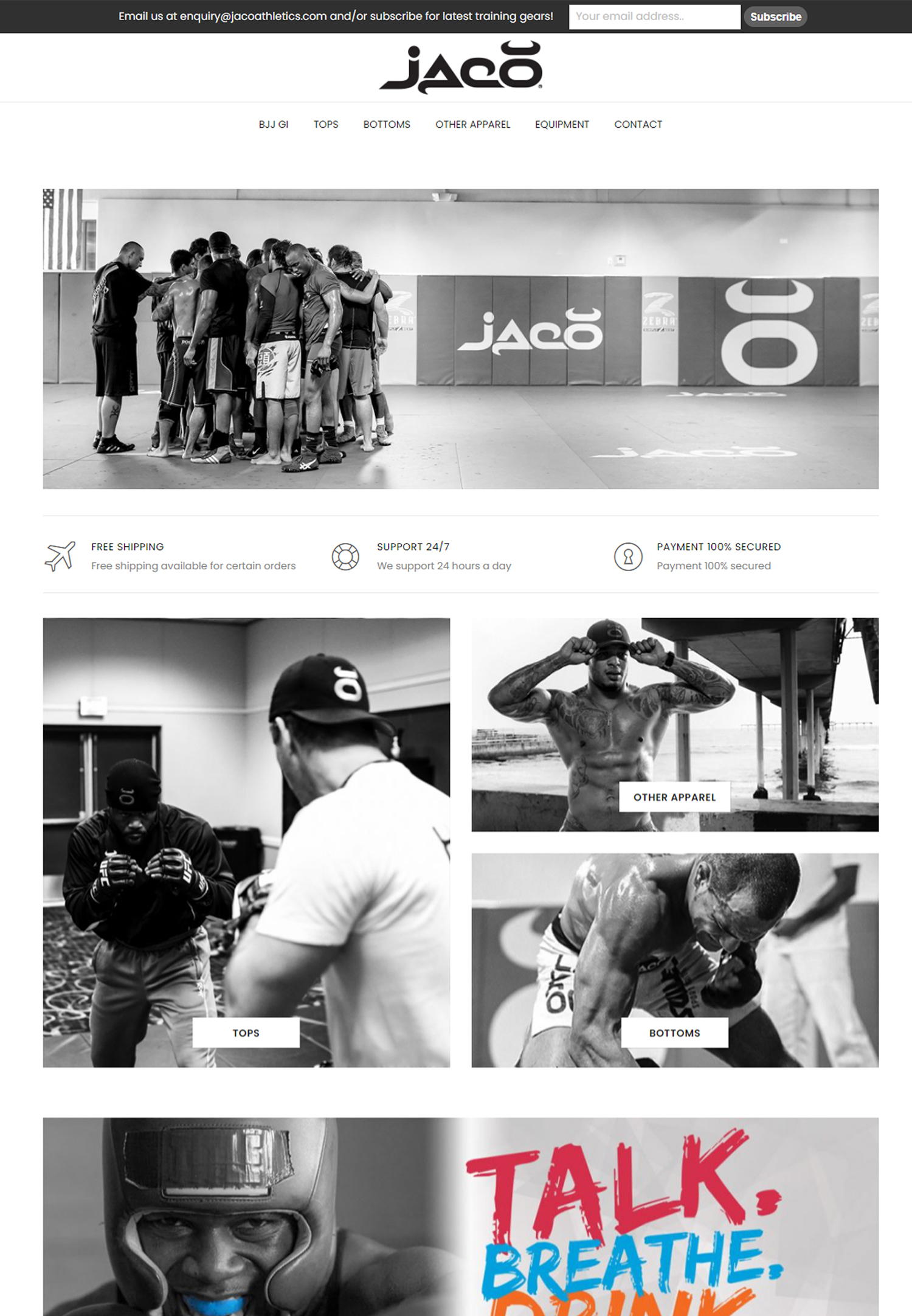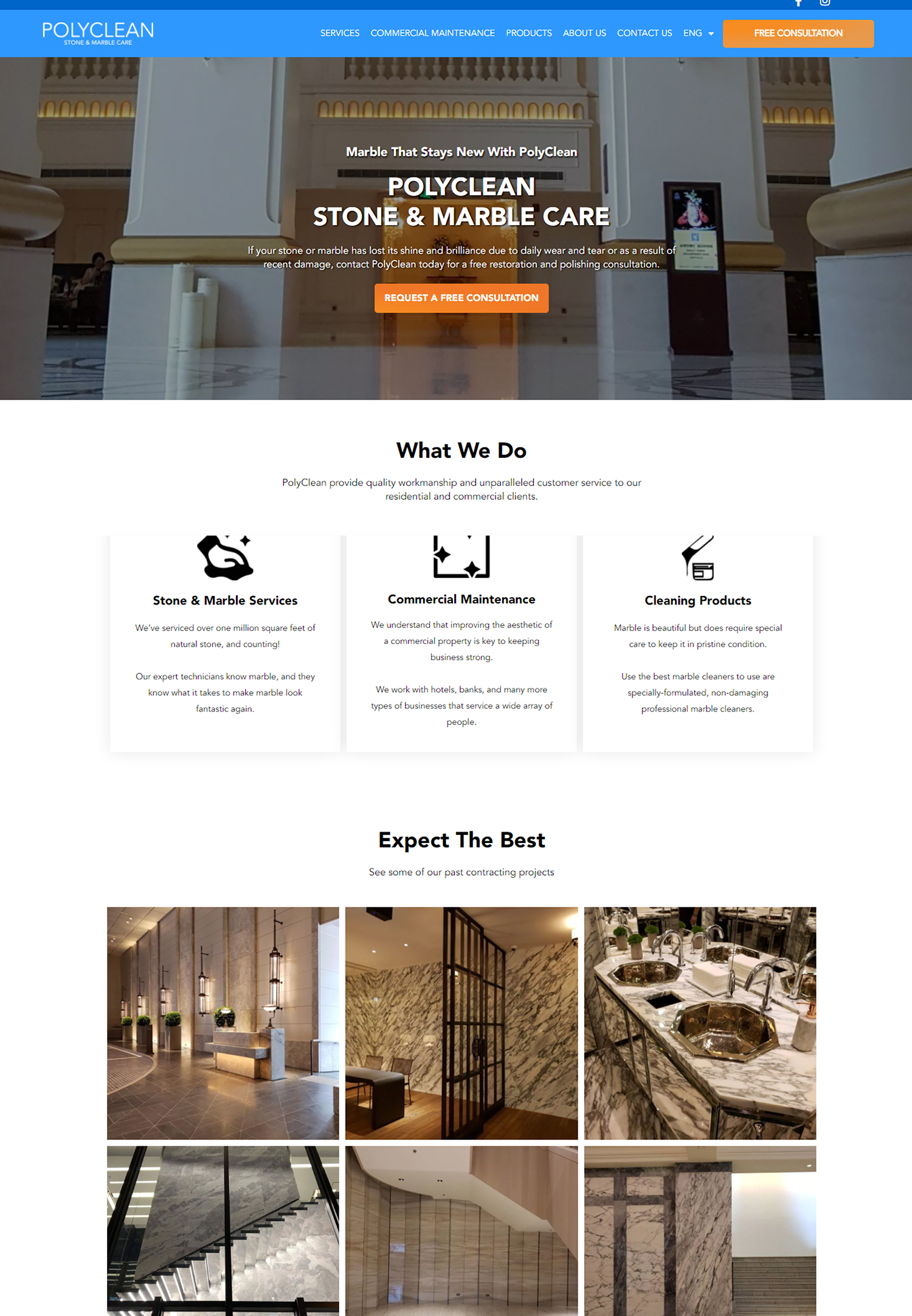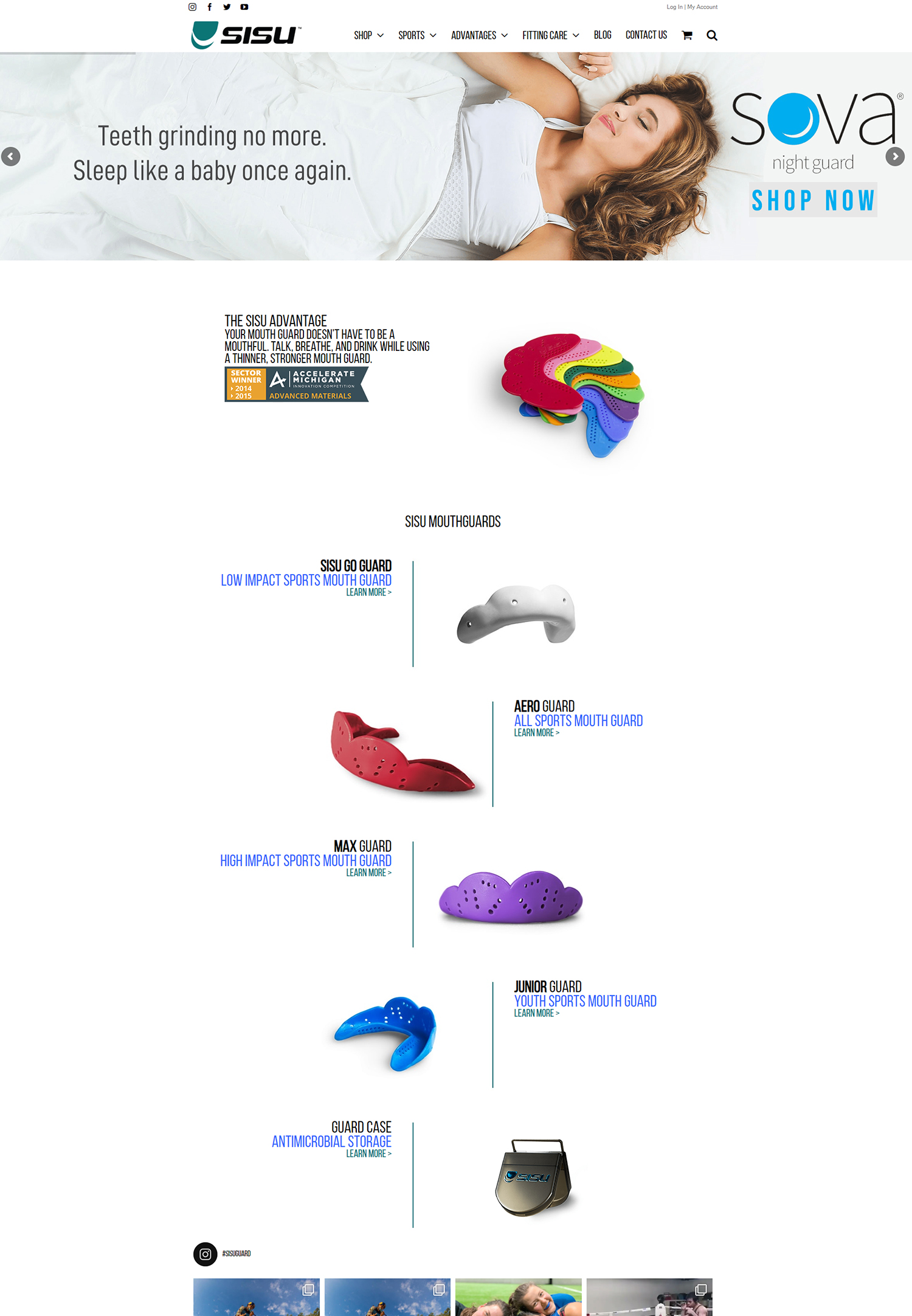In today’s digital landscape, the significance of website analytics cannot be overstated. As we navigate through an era where online presence is paramount for businesses, understanding how our websites perform is crucial. Website analytics provides us with a wealth of data that reveals how visitors interact with our sites.
This information is not merely numbers on a dashboard; it represents real user behavior, preferences, and trends that can guide our strategic decisions. By analyzing this data, we can identify what works well and what needs improvement, ultimately enhancing user experience and driving conversions. Moreover, website analytics allows us to measure the effectiveness of our marketing efforts.
By tracking metrics such as traffic sources, bounce rates, and user demographics, we can ascertain which channels are delivering the best results. This insight enables us to allocate resources more efficiently and tailor our marketing strategies to better meet the needs of our audience. In essence, website analytics serves as a compass, guiding us through the complexities of digital marketing and helping us make informed decisions that align with our business objectives.
Key Takeaways
- Website analytics provide valuable insights into user behavior and website performance, helping businesses make informed decisions.
- Setting KPIs for website performance allows businesses to track and measure the success of their online strategies.
- Analyzing user behavior and engagement helps businesses understand how visitors interact with their website and identify areas for improvement.
- A/B testing is a powerful tool for optimizing website performance by comparing two versions of a webpage to see which one performs better.
- Implementing SEO strategies based on analytics can help businesses improve their website’s visibility and attract more organic traffic.
Setting Key Performance Indicators (KPIs) for Website Performance
Establishing Key Performance Indicators (KPIs) is a fundamental step in measuring website performance effectively. KPIs serve as benchmarks that allow us to evaluate our progress toward specific goals. When we define these indicators, we must consider what aspects of our website are most critical to our success.
Common KPIs include metrics such as conversion rates, average session duration, and pages per session. By focusing on these indicators, we can gain a clearer understanding of how well our website is meeting its objectives. In addition to selecting relevant KPIs, it is essential for us to set realistic and achievable targets.
This involves analyzing historical data and industry standards to determine what constitutes success for our specific context. For instance, if we are an e-commerce site, a conversion rate of 2% might be a reasonable target based on industry averages. By setting these benchmarks, we create a framework for ongoing evaluation and improvement.
Regularly reviewing our KPIs allows us to adapt our strategies in response to changing user behavior and market conditions, ensuring that we remain competitive in an ever-evolving digital landscape.
Analyzing User Behavior and Engagement
Understanding user behavior is at the heart of effective website management. By analyzing how visitors interact with our site, we can uncover valuable insights that inform our design and content strategies. Tools like heatmaps and session recordings provide us with visual representations of user interactions, highlighting areas where users engage most and where they may encounter obstacles.
This information is invaluable for optimizing our website layout and ensuring that critical content is easily accessible. Engagement metrics also play a vital role in assessing user satisfaction. Metrics such as time on page, scroll depth, and click-through rates help us gauge how effectively our content resonates with visitors.
If we notice high bounce rates on specific pages, it may indicate that the content is not meeting user expectations or that the page is not optimized for their needs. By continuously monitoring these engagement metrics, we can make data-driven adjustments that enhance user experience and encourage deeper interaction with our site.
Utilizing A/B Testing for Website Optimization
A/B testing is a powerful method for optimizing website performance by comparing two versions of a webpage to determine which one yields better results. This approach allows us to experiment with different elements—such as headlines, images, call-to-action buttons, and overall layout—to see how these changes impact user behavior. By systematically testing variations, we can make informed decisions based on actual user responses rather than assumptions.
The process of A/B testing involves careful planning and execution. We must define clear hypotheses about what changes we believe will improve performance and establish metrics to measure success. For instance, if we hypothesize that changing the color of a call-to-action button from blue to green will increase click-through rates, we can set up an A/B test to validate this assumption.
By analyzing the results, we can determine which version performs better and implement the winning variation across our site. This iterative approach not only enhances our website’s effectiveness but also fosters a culture of continuous improvement within our team.
Implementing SEO Strategies Based on Analytics
Search Engine Optimization (SEO) is an essential component of driving organic traffic to our website, and analytics plays a crucial role in shaping our SEO strategies. By analyzing keyword performance, referral sources, and user demographics, we can identify opportunities to enhance our visibility in search engine results. For instance, if analytics reveal that certain keywords are driving significant traffic but have low conversion rates, we may need to refine our content strategy to better align with user intent.
Additionally, monitoring metrics such as organic search traffic and click-through rates from search engine results pages (SERPs) allows us to assess the effectiveness of our SEO efforts over time. If we notice fluctuations in these metrics, it may prompt us to investigate potential issues such as algorithm updates or increased competition for specific keywords. By staying attuned to these changes and adjusting our SEO strategies accordingly, we can maintain a strong online presence and continue attracting relevant traffic to our site.
Monitoring Website Speed and Performance
Website speed is a critical factor that directly impacts user experience and search engine rankings. In an age where users expect instant access to information, slow-loading pages can lead to frustration and increased bounce rates. Therefore, it is imperative for us to monitor website speed regularly using tools like Google PageSpeed Insights or GTmetrix.
These tools provide valuable insights into factors affecting load times and offer recommendations for improvement. Improving website speed involves various strategies, such as optimizing images, leveraging browser caching, and minimizing HTTP requests. By implementing these techniques, we can enhance the overall performance of our site, leading to better user satisfaction and potentially higher conversion rates.
Furthermore, search engines like Google consider page speed as a ranking factor; thus, optimizing our website not only benefits users but also improves our visibility in search results.
Leveraging Analytics for Conversion Rate Optimization
Conversion Rate Optimization (CRO) is the process of enhancing our website to increase the percentage of visitors who take desired actions—such as making a purchase or signing up for a newsletter. Analytics plays a pivotal role in this process by providing insights into user behavior and identifying areas for improvement. By examining conversion funnels and drop-off points within these funnels, we can pinpoint where users are losing interest or encountering obstacles.
To effectively leverage analytics for CRO, we must analyze data from various sources—such as landing pages, product pages, and checkout processes—to understand how users navigate through our site. For example, if analytics reveal that a significant number of users abandon their shopping carts at a particular stage in the checkout process, we can investigate potential issues such as complicated forms or unexpected shipping costs. By addressing these pain points and implementing targeted changes based on data-driven insights, we can significantly enhance our conversion rates.
Using Analytics to Make Informed Decisions for Continuous Improvement
The ultimate goal of utilizing website analytics is to foster a culture of continuous improvement within our organization. By consistently analyzing data and drawing actionable insights from it, we can make informed decisions that drive growth and enhance user experience. This iterative process involves regularly reviewing performance metrics, setting new goals based on findings, and adapting strategies accordingly.
Moreover, sharing insights gained from analytics across teams fosters collaboration and innovation. When everyone—from marketing to design—understands how their efforts contribute to overall performance metrics, it creates a unified approach toward achieving business objectives. By embracing a data-driven mindset and prioritizing continuous improvement based on analytics, we position ourselves for long-term success in an increasingly competitive digital landscape.
In conclusion, website analytics serves as an indispensable tool for understanding user behavior, optimizing performance, and driving conversions. By setting clear KPIs, analyzing engagement metrics, conducting A/B tests, implementing SEO strategies, monitoring speed, leveraging insights for CRO, and fostering a culture of continuous improvement, we can ensure that our websites not only meet but exceed user expectations. As we continue to embrace the power of analytics in our decision-making processes, we pave the way for sustained growth and success in the digital realm.


